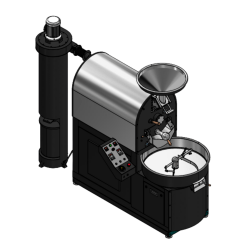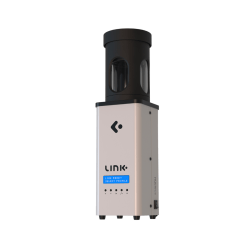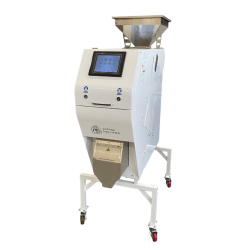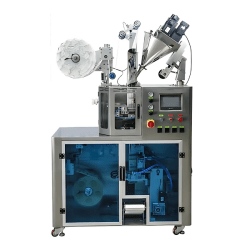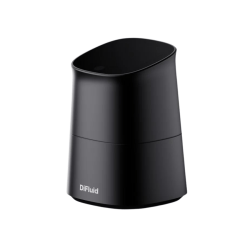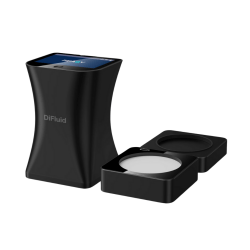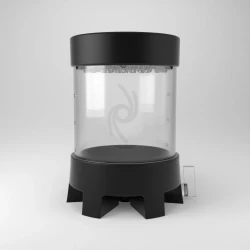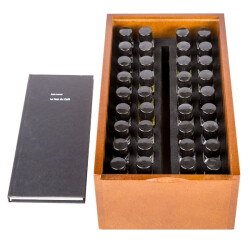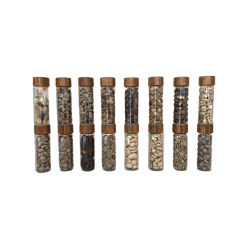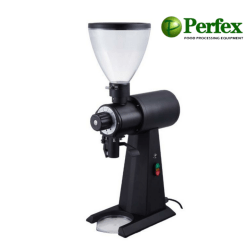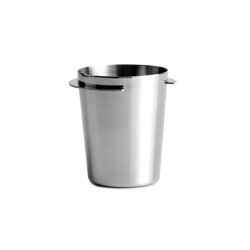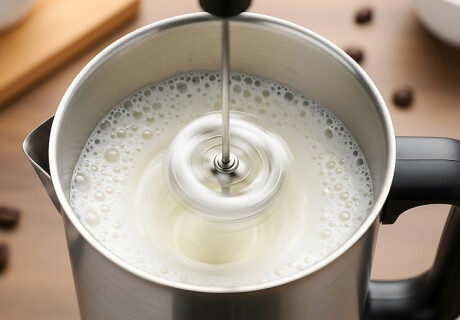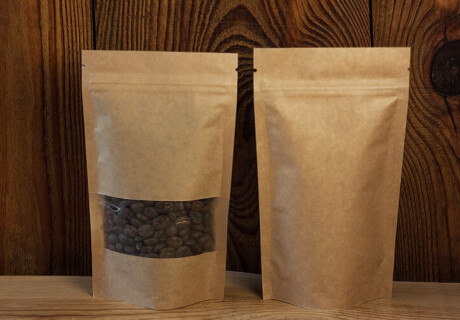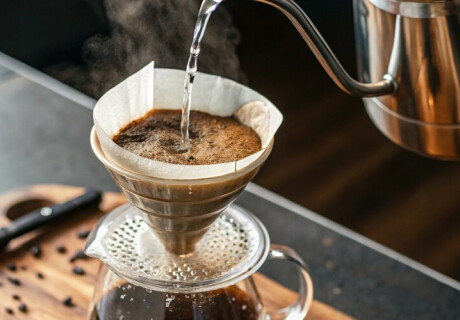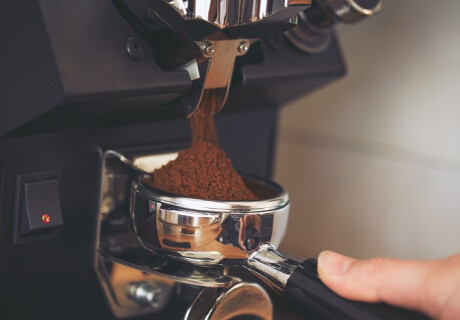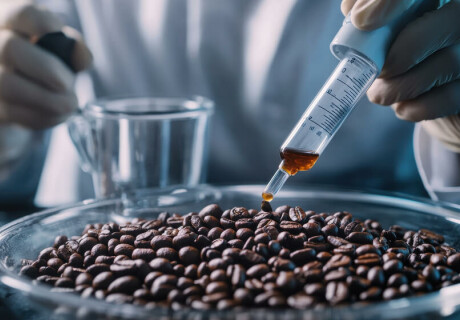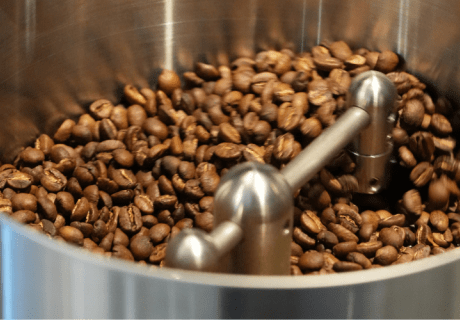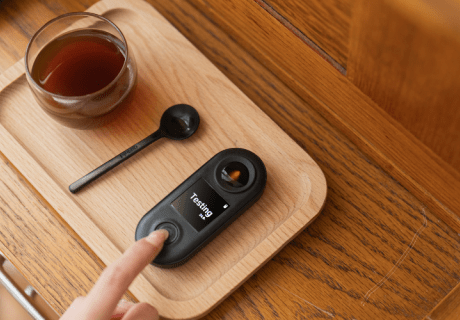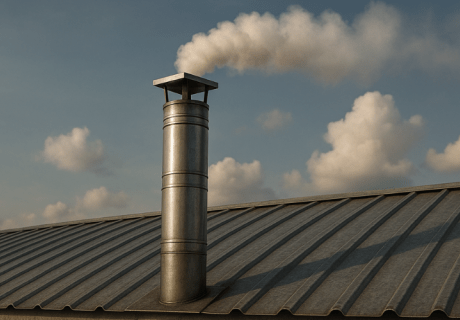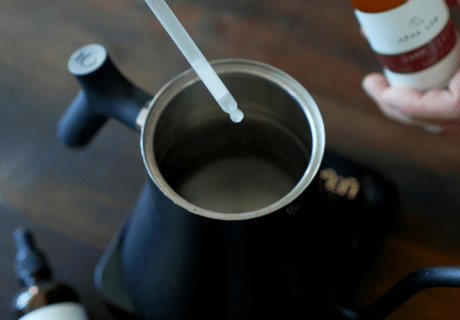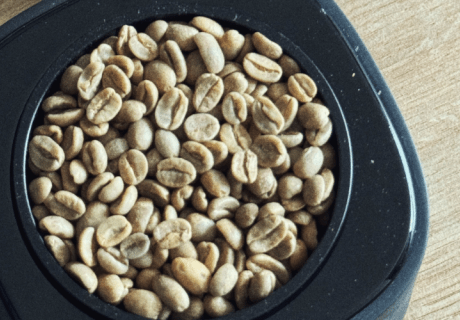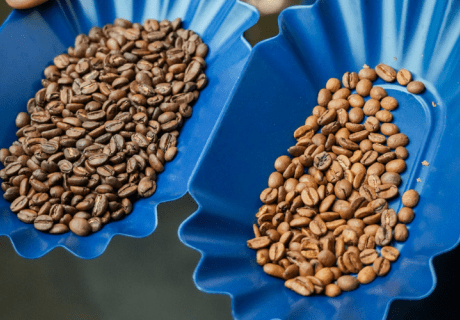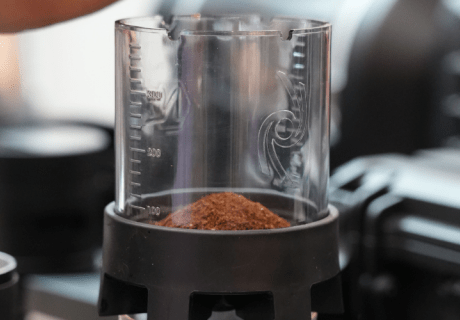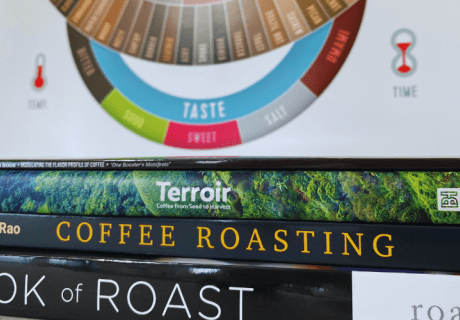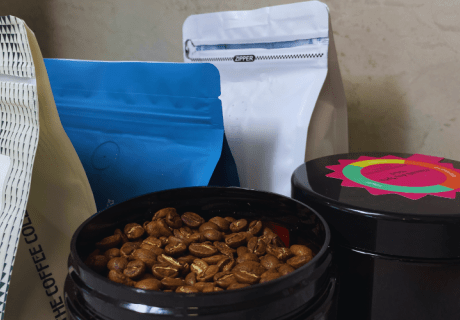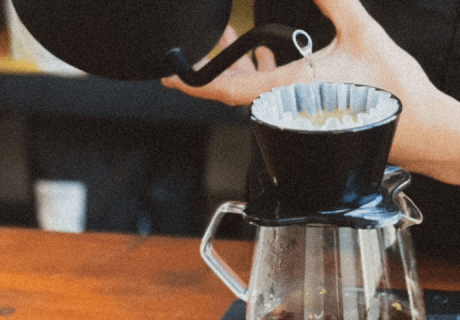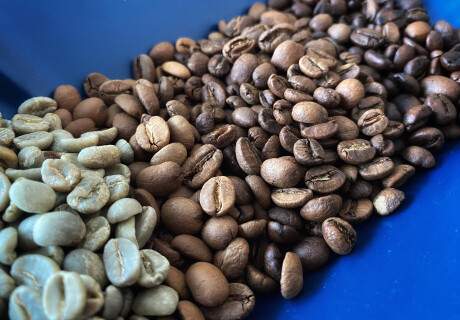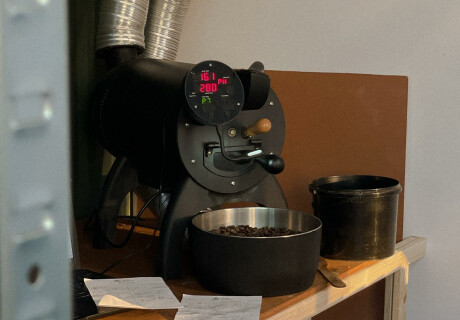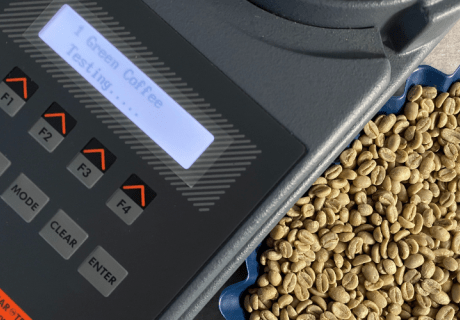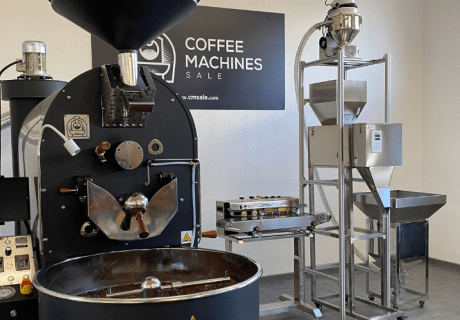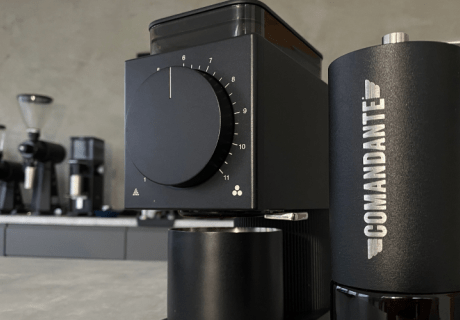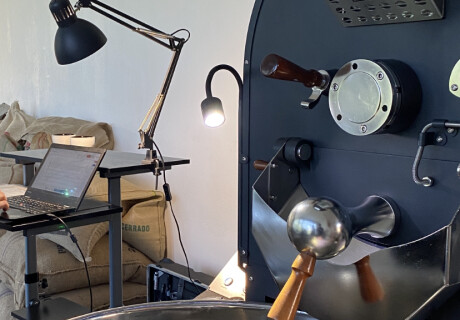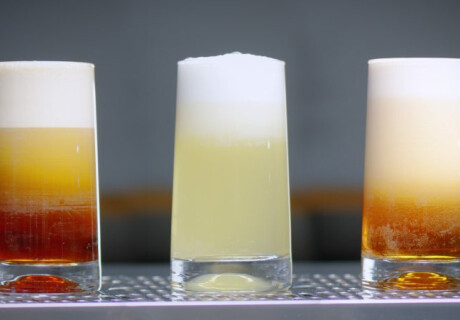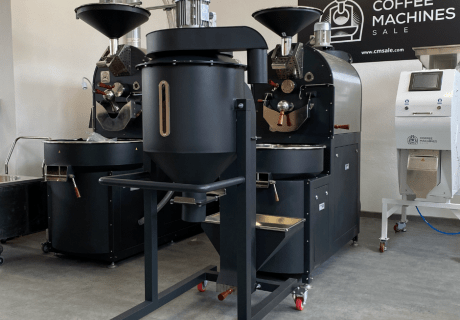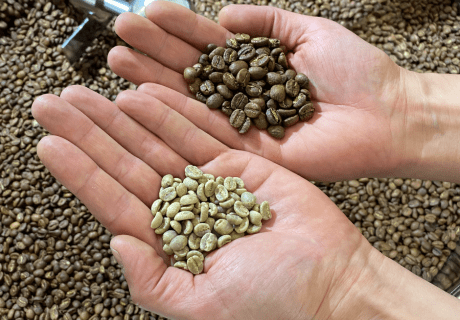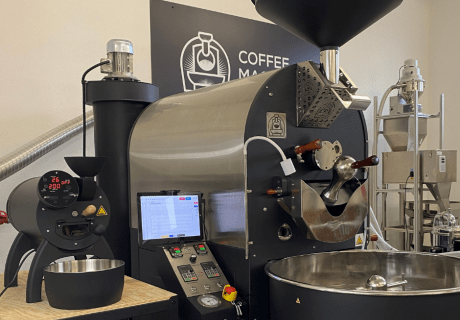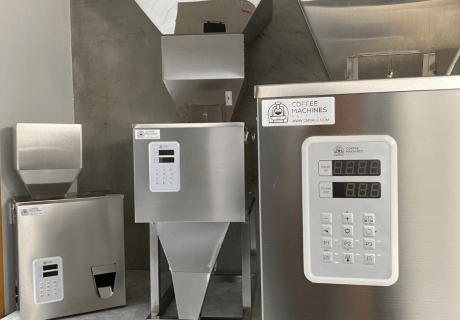Moisture Analyzers vs. Color Analyzers: Tools for Roast Quality Control
Introduction to Roast Quality Control
Coffee roasting is a delicate balance of science and intuition, where small details can make a big difference. One practical way roasters improve consistency, flavor, and overall quality is by using coffee moisture vs color analysis. This technique helps track how moisture levels drop as bean color develops throughout the roast, offering real-time insights into roast progress. By paying attention to these changes, roasters can fine-tune their approach, avoid under- or over-roasting, and deliver a more consistent cup every time. Roast development plays a big role in making sure coffee tastes the way it should and ensures every batch meets expectations
One of the things roasters keep a close eye on is the moisture content in the beans, since it affects how heat moves through them during roasting. If there’s too much moisture, the roast can turn out uneven. On the other hand, if there’s too little, the beans can end up scorched. Color is another important factor - it gives a clear signal of how far along the roast is and whether the beans have hit the target roast level. By understanding how moisture and color work together, roasters can better control the process, bringing out the best flavors in every batch and making sure each cup tastes just the way it’s meant to.
Understanding Moisture Content in Coffee
Knowing what moisture content is in coffee is essential for any serious roaster aiming to achieve consistent and excellent results. Moisture content refers to the amount of water present in the coffee beans, typically ranging between 10% to 12% by weight. This metric is important because it affects the heat transfer during the roasting process, which in turn influences the development of flavors and aromas. If the moisture content is too high, beans can roast unevenly, leading to an inconsistent product. Conversely, beans with too low moisture content can roast too quickly, potentially becoming scorched and losing their nuanced flavors. So, controlling moisture content is important for getting the perfect roast.
Using a moisture analyzer is an effective way to measure and monitor the moisture content of coffee beans before and during the roasting process. These devices provide precise and reliable readings that help roasters make informed decisions about roast profiles. By using a such a device, roasters can make sure that the beans are in the optimal moisture range, bringing out steady roast results and better taste. Accurate information from them helps roasters adjust their roasting settings precisely, giving them better control over the final coffee. Keeping the right moisture level is essential for bringing out the flavors and qualities that make each batch taste just right. Moisture analyzers suitable for coffee roasting typically cost between €1,500 and €5,000 depending on the model and features.
Role of Moisture Analyzers in Roast Monitoring
Moisture analyzers play an important role in coffee roasting by providing essential information about the beans’ moisture content. These devices typically use methods such as loss-on-drying or infrared technology to measure the amount of water present within coffee beans. By taking an initial reading before roasting, and periodically during the process, they help roasters maintain optimal moisture levels, ensuring a consistent roast profile. The importance of these tools cannot be overstated, as they enable precise control over the roasting process, ultimately influencing the flavor and aroma of the final coffee product. Without the accurate readings provided by these analyzers, achieving consistency across different batches can be challenging.
Equipment for roast monitoring gives roasters up-to-date details that let them quickly adjust their roasting settings whenever moisture levels change. This helps create a more even roast and brings out better flavors in the coffee. Using this equipment also lowers the risk of producing batches that don’t meet product standards, which means less waste and smoother roasting operations. As coffee brands compete for recognition, where uniform standards matter most, having such reliable equipment helps roasters consistently deliver coffee that meets customers’ expectations. This equipment is essential for any roaster who wants to maintain the highest levels of excellence and reliability in their coffee.
Importance of Color Analysis in Coffee Roasting
Color measurement in coffee roasting serves as the main indicator of the roast's quality and its potential flavor profile. The color of roasted coffee beans is directly tied to the chemical transformations that occur during the roasting process, such as the Maillard reaction and caramelization. These reactions contribute to the development of flavors and aromas that define the coffee's character. A consistent color not only guarantees that the coffee meets the desired roast level but also guarantees uniformity in taste across different batches. That’s why watching the color of coffee beans is important to keep the standards and consistency that customers expect from premium coffee. This is where color analyzers become invaluable tools in coffee roasting. These devices offer precise and objective measurements of coffee bean color, providing roasters with the data needed to assess roast development accurately.
By using them, roasters can fine-tune their processes to achieve the exact roast profile they desire, whether it's a light roast with bright acidity or a dark roast with rich, deep flavors. Popular color analyzers on the European market include the Agtron Gourmet Series, which provides standardized roast color scales for green and roasted beans; the Veritas Coffee Color Analyzer, offering rapid, non-destructive readings and easy integration with roast data software; and the RoastTech Mini-Color, a compact device suitable for small to medium roasteries. Prices for these analyzers range from approximately €2,000 for compact models up to €10,000 for high-end units with advanced software and database features.The ability to measure color consistently helps in maintaining brand standards and meeting customer expectations. They are important tools in product control, helping roasters make coffee that looks great and consistently tastes and smells just right.
How Color Analyzers Work
Color analyzers are specialized instruments designed to objectively measure the color of coffee beans during and after the roasting process. These devices usually work by shining a beam of light onto the surface of the coffee beans and then measuring the different colors of light that bounce back. The data gathered provides a precise measurement of the bean's color, often displayed in terms of standardized color scales such as the Agtron or the L*a*b* system. This method allows roasters to detect even the slightest variations in color, which can indicate changes in the roast level or potential inconsistencies in the batch.
Equipment for roast monitoring, such as color analyzers, helps improve the excellence of roasted coffee. By providing accurate color data, they enable roasters to maintain consistency across batches, ensuring that each roast meets the desired specifications. This consistency is important for maintaining the flavor profile that consumers expect. These devices also help spot and fix problems during roasting, like uneven or over-roasted beans, before these issues reach the final coffee. Using them as part of their product checks, roasters can improve the overall consistency of their coffee, reduce waste, and keep customers satisfied. This helps them stay ahead in the competitive coffee market.
Comparing Moisture Analyzers and Color Analyzers
In coffee roasting, roasters use both moisture analyzers and color analyzers to gather important information. Together, these tools help ensure the coffee turns out consistent and tastes great every time. They focus on measuring the water content of coffee beans, which is crucial for understanding how beans will behave during roasting. By making sure that the beans have the optimal moisture content, roasters can achieve a more even roast and prevent issues such as uneven development or scorching. They check the color and shade of roasted beans, showing how much roasting has happened. This helps roasters see if the beans are roasted just right, making sure the coffee tastes and smells the way it should.
The choice between these two types of equipment often depends on the specific goals of the roasting process. If the main concern is obtaining a consistent roast by controlling the initial and ongoing moisture levels, then such an analyzer would be the preferred tool. This is especially important in environments where bean moisture can vary significantly, impacting the roasting outcome. If the goal is to reach an exact roast level and make sure the beans have the right color, then such an analyzer is the better choice. In reality, many roasters use both moisture and color analyzers together because each tool gives different but useful information. By knowing what each analyzer does best, roasters can make smarter choices to improve the quality and taste of their coffee.
How to Monitor Roast Development with Tools
To achieve precise roast standardization control, integrating both analyzers into your workflow is essential. These tools provide comprehensive data that helps refine roast profiles and increase consistency. Understanding how to monitor roast development with tools means using both devices to their full potential, ensuring each batch of coffee meets the highest standards. Start by using a moisture analyzer to assess the initial moisture content of the beans. This measurement is important for determining the necessary adjustments in roasting parameters to achieve an even roast.
Once roasting starts, keep checking the beans with both analyzers to adjust the roast as it happens. Here are some tips for optimal results:
- Regularly measure moisture levels before and during roasting to adjust temperature and time for even development.
- Use color analyzers to check the color progression, ensuring the beans achieve the desired roast level.
- Log data from both devices in a tracking system to identify patterns and make informed adjustments for future roasts.
- Perform sample tests with small batches to calibrate equipment, ensuring accuracy and reliability of measurements.
- Combine insights from both tools to balance moisture content with color outcomes, achieving a perfect roast profile.
Incorporating both types of analyzers into your process not only streamlines roast quality control but also elevates the overall flavor and aroma of the coffee, providing a superior experience for consumers.
Selecting the Right Analyzer for Your Needs
If your primary objective is to manage the water content in your beans to guarantee even heat distribution during roasting, then moisture analyzers are the most suitable choice. These devices are necessary for maintaining consistency, especially if your operation deals with beans that have varying levels of initial moisture. However, if your focus is on achieving a specific roast profile or flavor by targeting the visual and chemical changes in the beans, color analyzers would be more beneficial as they provide precise color data, which is important for making sure that the coffee meets desired aesthetic and flavor standards.
In terms of budget, consider the scale of your operation and the equipment for roast monitoring you already have. Smaller operations might prioritize one analyzer over the other to start, potentially opting for the tool that addresses the most immediate product control needs. On the other hand, larger operations might find value in using both analyzers to optimize every facet of the roasting process. Additionally, the desired standards also influence the choice - if your goal is to produce high-end specialty coffee, investing in both analyzers may prove invaluable for achieving the precision needed for premium roasts. In the end, choosing the right tools based on your business size, budget, and quality goals will help you make a smart investment for consistent, great coffee roasts.

